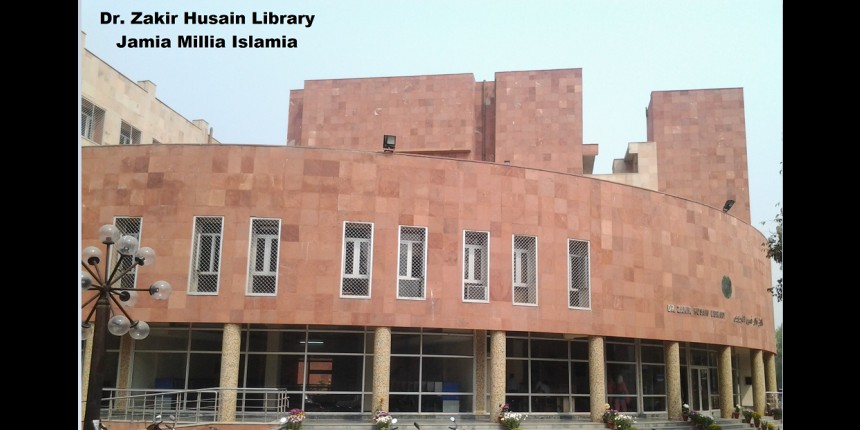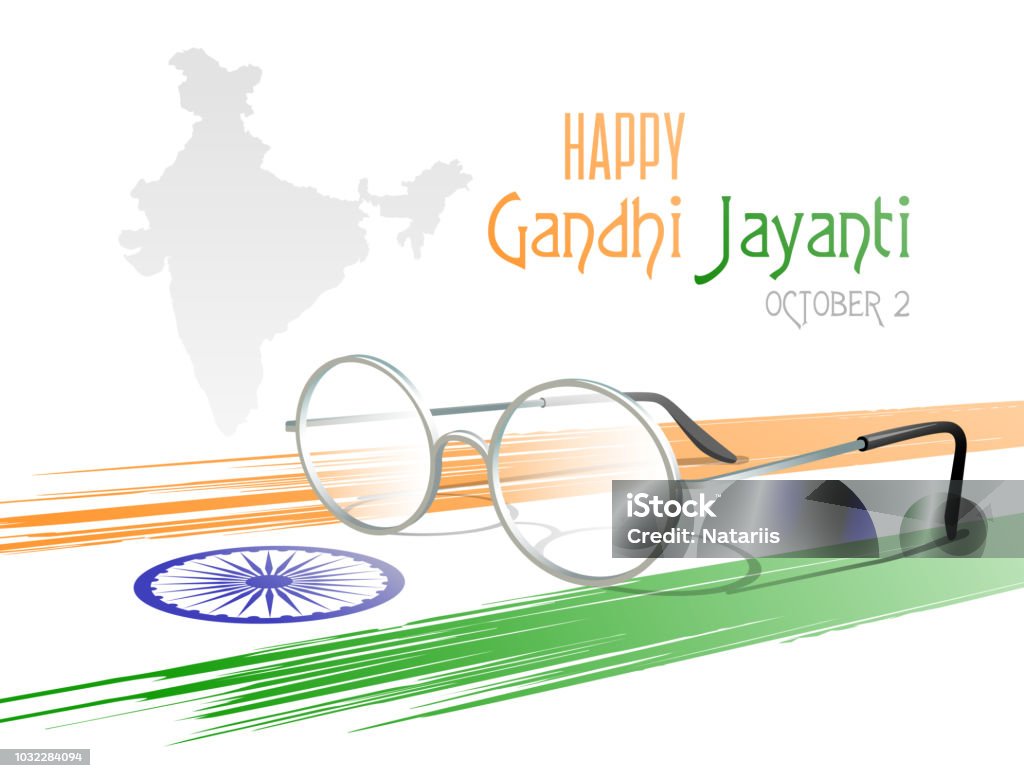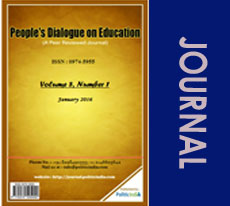CELEBRATING CENTENARY OF JAMIA MILLIA ISLAMIA
- Post By PoliticIndia.com on
- 31/Oct/2020

Khagendra Kumar
Chief Editor
My alma mater is celebrating its centenary & it is perhaps the only institution in India resulting from the womb of Indian freedom struggle has succeeded in attaining the highest glory among the multidisciplinary universities of India providing education from nursery to doctorate.
Seer listening to its Tarana (anthem) gives me a kind of excitement that cannot be expressed in words. Before reading further may I suggest you listen to this Tarana (anthem)
https://www.youtube.com/watch?v=gDbusktsKcg
This is the land of my hopes
This is the land of my dreams…
This is the place of men of vision
And of those with a challenging thought…
Here, conscience is the beacon light
And conscience is the guide
Here is the Mecca of heart resides the guiding faith
Ceaseless movement is our faith
And blasphemy it is to stay still...
Here, the swimming urge seeks
Newer and newer storms
Restless wave itself is our resurrected shore
(excerpts from Jamia Tarana, translation by Prof. M. Zakir cited from https://www.jmi.ac.in/aboutjamia/profile/jamia-tarana/english-19 )
I have spent many valuable years of my life at Jamia Millia Islamia where I received M.A., M.Phil. and Ph.D. degrees in Education. The Faculty of Education of Jamia is a leading centre of Educational Studies in the country. The faculty has two departments namely the Department of Teacher Training and Non-Formal Education (Institute of Advanced Studies in Education) and the Department of Educational Studies. It has also the School of Education set up under Pandit Madan Mohan Malaviya National Mission on Teachers and Teaching (PMMMNMTT). The faculty runs a dozen programmes namely M.Ed., M.A. (Education), M.A. (Educational Planning and Administration), M.Ed. (Elementary Education), M.Ed. (Special Education), B.Ed., B.Ed.(Special Education), B.Ed. (Nursery Education), Diploma in Elementary Education (D.El.Ed.), Post Graduate Diploma in Educational Management (PGDEM), and Ph.D. Programme in Education. There are six centres within the School of Education namely i) Centre for Pre-service Teacher Education (ii) Curriculum Research, Policy and Educational Development (iii) Centre for Learning and Pedagogic Studies (iv) Centre for Assessment and Evaluation (v) Centre for Professional Development of Teacher Educators and (vi) Centre for Teacher Resource and Academic Support.
The number of faculty members is around fifty- 23 Professors, 6 Associate Professors, and 23 Assistant Professors.
My close association with several students from different disciplines staying in the hostel including student leaders and teachers having out of box orientation, I inculcated an interest in the interface of education with socio-political issues and movements. This led me to study student involvement in political activity at M.Phil. Level and People's Science Movement at the Ph.D. level. I completed my M.Phil. study under the supervision of Prof. H.R. Kidwai and Ph.D. under the joint supervision of Prof. Devendra Chandra Joshi and & Prof. H.R. Kidwai. Prof. Kidwai was the Professor of Mass Communication and Director of Mass Communication Research Centre (Now A.J. Kidwai Mass Communication Research Centre). When I was doing a Masters in Education, Prof. Kidwai was on the Faculty of Education. Prof. Joshi was the Professor of Education and also served as the Head of the DTTNFE and Dean of the Faculty of Education. He was also an emeritus fellow.
Before describing some of my memorable experiences with Jamia, I have reproduced here the history of Jamia from my M.Phil. dissertation.
In 1920 Indian National Congress (INC) started mass movements in different parts of the country. The INC passed a famous resolution at Nagpur in 1920 calling for …. "gradual withdrawal of boys and girls from schools and colleges and earnest attempts to establish national institutions ….. By a National Institution is meant any Educational Institution that does not receive aid from the government, is not in any way controlled or inspected by government….".1 The response of the students to the call for the boycott of schools and colleges was far more successful than any other form of Boycott or non-cooperation suggested by congress.2 The first to come in the field were the students of Aligarh University. When Mahatma Gandhi and Ali brothers (Maulana Saukat Ali and Maulana Mahomed Ali) visited Aligarh and addressed to students, a tremendous response came forth and students decided in favour of non-cooperation and refusal of all government assistance. They passed a resolution demanding that the university should be nationalized by disowning all connections with the British government and revising its curricula on national lines. But unfortunately, the unity among the students did not last long. A large number of students were persuaded to change their views or were withdrawn from the university by their parents. A small number of convinced students continued their fight for the nationalization of the university. When the Trustees of the university did not relent, they established a new university Jamia Millia Islamia at Aligarh in October 1920 itself. This lead given by Aligarh was soon picked up in other parts of India. Within four months of opening the Jamia Millia Islamia, several national universities came into existence. For example, National college Calcutta, Bihar Vidhya pith, Gujrat Vidyapith, Kashi Vidyapith, and Tilak Maharashtra Vidyapith. Jamia Millia Islamia was shifted from Aligarh to Delhi in 1925. Because its founders realized that it would be easier to function from Delhi where the political climate was less hostile than that at Aligarh. It refused to seek recognition at the hands of the English government despite many hardships. This policy continued after 1947 and up to 1960, Jamia had no permanent funds. It had been receiving substantial aid from the government of Nizam and Bhopal. But its biggest source of income was a large number of its supporters called "Hamdardane Jamia”, whose number was about Seven Thousand. They used to contribute a part of their earning to the maintenance of the Jamia.
The main objectives of Jamia were described as follows:-
- “It seeks to broaden the education of youth on their own cultural heritage without rejecting what is true and useful in the culture of others. It inculcates the spirit of service of tolerance of self-control and self-respect.
- It aims at building character by providing adequately for the intellectual and emotional needs of growing mind and affording constant opportunity for active self-expression and by replacing the discipline of fear by the development of initiative and responsibility.”3
For realizing the above aims, Jamia used to conduct various activities different from the British educational system, many of them still continues some of them are as follows:
- It imparts higher education in arts, social science, natural science and technology with special provisions of religious education (Islamiat, Hindu Religious studies, Integrated Religion and Culture) up to graduation level.
- The medium of instruction of courses is Urdu and Hindi besides English.
- It continues to provide school education. Up to 1960, the primary school used the project method with a school garden, poultry farm, school bank, and a co-operative shop fully managed by school children. There was considerable emphasis on the individual as well as cooperative work as an integral part of learning information. Now, none of the projects are running except for the school bank.4
- Jamia was the first institution in India that started adult education programme.5 Now it is running many adult education centres in Delhi and nearby areas with the help of the government.
- Jamia had a small-scale chemical industry which used to manufacture various chemical preparations of daily use with the help of school students. The preparations were tooth powder, Vaseline, soap, DDT, etc. The chemical industry functioned only up to 1947.6
- Jamia provides craft education to its pupil-teachers in the faculty of education. This is also a remnant of Gandhi's educational philosophy and was implemented by Dr. Zakir Hussain in Jamia.
Most of the national institutions founded at the call of Mahatma Gandhi’s non-cooperation movement during the freedom struggle are either perished or struggling for their survival. Jamia Millia Islamia is an exception that gradually touched the pinnacle of success but not without a cost. The University Education Commission1948-49 popularly known as Radha Krishnan Commission said in its recommendation that more and more rural universities must be opened on the pattern of Jamia Millia Islamia. But not a single university was opened on the pattern of Jamia Millia Islamia. The Jamia which started in response to Gandhi's non-cooperation movement which opposed the then existing British System of Education and had many rural elements in its curriculum intending to prepare educated manpower for the development of rural India also shed its rural elements gradually and became a modern university with modern programmes.
At present Jamia is functioning with 9 faculties, 36 departments, and 21academic centres . It runs 266 regular programmes (Doctoral-56, Masters-80,Undergraduate-56, Postgraduate diploma-15, Advanced diploma and Diploma-35, and certificate -24). It also runs 20 distance education programmes (Masters -10, Undergraduate-5, Postgraduate diploma-2, Diploma-1, certificate-2). The present strength of students is around 60,000. At present students from 31 countries are studying in Jamia.
An evaluation of central universities done by the HRD Ministry for the academic year 2019-20 found the performance of Jamia Millia Islamia "outstanding". JMI secured 95.23 percent in an overall assessment, as indicated in a letter sent to the university by the Ministry of Human Resource Development. It is a matter of great importance that the university is gradually rising and achieved its highest standard in the centenary year. Many once famous universities of the country could not sustain their glory for a century but Jamia remained champion as a rural university of the past and as a modern university of today. The zeal for the excellence of this national university is unparalleled in the history of India.
This YouTube documentary will help you to have a glimpse of today’s Jamia. https://www.youtube.com/watch?v=gMI-ohFHX3o
Finally, I would like to share my personal experience with Jamia as its student. All along with my studies here I stayed at S.R.K. Hostel except in M.A. (previous). I spent seven years in the S.R.K. Hostel from academic session 1986-87. In a four-storeyed hostel of 200 students, the strength of Bihari students was never less than one-fourth. Fortunately, I was a very popular student in my Faculty and hostel as well. Being a popular hosteller, debater, and student activist, I was fairly known in the university. In the academic year 1986-87, I along with my friend won Prof. Ali Ashraf running trophy for the best debating team of the university. The huge trophy adorned my study table in the hostel for a year.
The hostel was well maintained. Both vegetarian and non-vegetarian meals were served at a reasonable price. The laundry facility at a nominal price was also available. I enjoyed my hostel life to the fullest. As usual, hostellers are actively connected to various activities of the campus. My hostel was located just opposite the main campus. During examinations, the reading section of the university central library remained open till late at night. Tea vendors used to sell tea & snacks on footpaths outside the main library entrance. Hostellers studying either in the library or in their rooms used to visit tea vendors. I along with my friends often enjoyed late-night tea after post-reading fatigue.
The most favourite spot for spending leisure time for us was Jamia store, located opposite the Jamia School. We used to discuss various social, political, economic, and other issues here on a cup of tea. The memoir of Jamia would remain incomplete without a mention of Jamia store. With the expansion and beautification of the Jamia campus, the then-existing store was removed.
The campus culture of Jamia was very cohesive. I thoroughly enjoyed the campus culture during all these years. Jamia being an institution opposed to the British system of Education and emerged as a rural university following Gandhian ethos of national education still possessed the pride of a nationalist institution that played a crucial role in fighting colonial ethos and establishing a system of education suiting our needs and contexts. The culture of modern Jamia was equally cohesive and progressive.
References
- Weiner, Myron; The politics of scarcity; public pressure and response in India; Asia publishing house Bombay 1963. P. 173
- Resolution quoted in Weiner Myron, politics of scarcity; Asian Publishing house Bombay, 1963
- Pattabhi Sitaramaya, History of Indian National Congress Vol. I p.23 in Nurullah syed and J.P. Naik, A student’s History of Education in India P.268.
- Nurullah syed and J.P Naik op. cit. p. 314.
- The information was obtained from Mr. Mufti teacher in Jamia Middle School. He was associated with the above projects.
- Nurullah, syed and Naik, J.P Op. Cit. P. 314.
- The information was obtained from Md. Wasi laboratory attendant, in the Jamia School Laboratory. He joined Jamia in 1940 and worked in the chemical industry.






